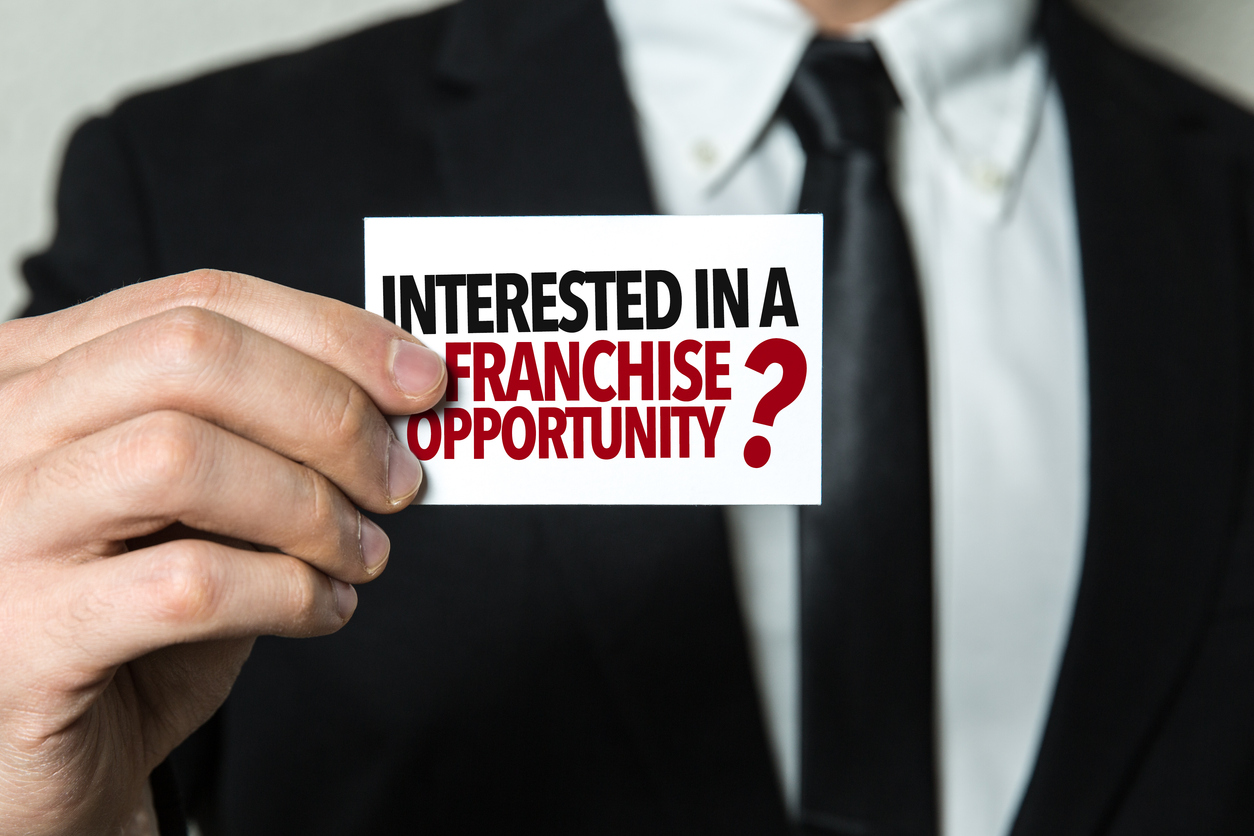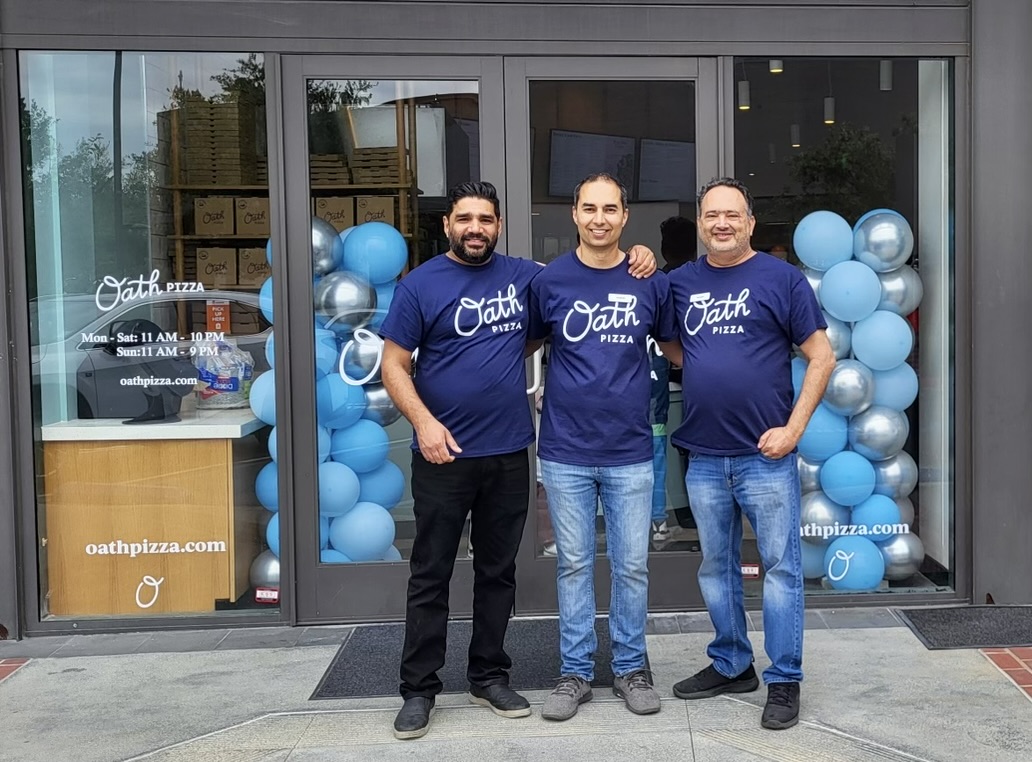Photo by Matt Ridley on Unsplash
However, in the race for innovation, franchisors must remember to maintain brand consistency, as it is a significant part of the franchising model’s appeal. This delicate balance between innovation and brand preservation can be tricky but is crucial to ensuring long-term success.
The Catalyst of Change: Innovation’s Central Role in Franchise Expansion
By Bill Armstrong
As we journey through the rapidly evolving landscape of the franchise business, one fact stands out: innovation is no longer an option but a necessity for franchise companies seeking sustainable expansion. Stories of franchises harnessing the power of innovation to fuel their growth show us that creativity and change are the new norms in this dynamic business environment.
Take, for example, McDonald’s, an iconic franchise that has continually reinvented itself over the years. They pioneered the concept of “fast food” and redefined customer experience by introducing the Speedee Service System, an innovative assembly line for food. More recently, they embraced digital transformation with their “Experience of the Future” initiative, which included mobile ordering, self-service kiosks, and even artificial intelligence-driven decision engines for drive-thru menus.
Another compelling example of innovation at work is Starbucks, which leveraged technology to transform its customer experience. By developing a cutting-edge mobile app, they offered a seamless ordering and payment system that drew customers in with a loyalty rewards program. Moreover, they dared to step beyond their traditional cafe model by experimenting with express stores, drive-thrus, and high-end Roasteries to meet diverse customer needs.
Innovation within franchised brands is not confined to tech giants and international food chains alone. Companies in various sectors, from retail to fitness to education, have discovered the benefits of an innovative approach. In essence, the main thrust of franchise innovation comes from the urge to deliver better value, enhance customer experience, and differentiate from competitors.
However, in the race for innovation, franchisors must remember to maintain brand consistency, as it is a significant part of the franchising model’s appeal. This delicate balance between innovation and brand preservation can be tricky but is crucial to ensuring long-term success.
Franchisors also need to understand the importance of investing in research and development. Identifying and exploring innovative possibilities can pay off massively when those ideas are implemented and become the driving force for franchise growth.
Innovation isn’t just about products or services; it also extends to franchising strategies. For instance, franchises can explore innovative expansion methods, such as multi-unit franchising, area development franchising, or master franchising. These strategies allow businesses to expand their reach while managing risk effectively.
In conclusion, as the franchising landscape continues to evolve, the role of innovation in franchise expansion becomes ever more significant. By staying open to change and embracing the new, franchise companies can survive and thrive in the face of competition and continually changing market dynamics. Innovation is the catalyst of change, propelling franchises forward in their journey of expansion.











